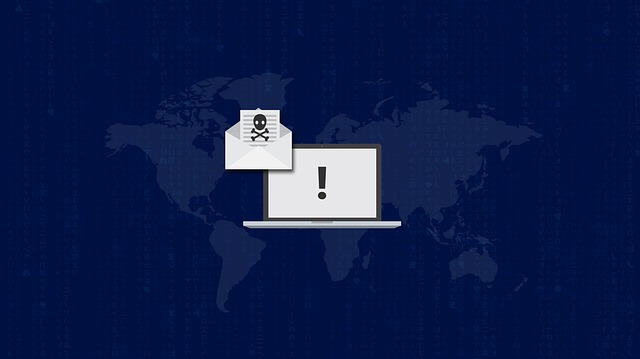The malevolent ransomware called “WannaCry” hit organizations both vast and small globally in 2017. Over 200,000 frameworks were infected. This vast scope of infection affected organizations, governments, and surprisingly forced trauma centres to shut down.
WannaCry is a tool focusing on Windows OS where programmers assume responsibility for a PC, lock it, and hold clients’ information prisoner with no chance of recovering the files until a cryptocurrency ransom has been made.
This Windows OS security imperfection was initially exploited by the National Security Agency (NSA), then it was leaked, thereby permitting programmers to utilize the defect. A new IBM study approximates a 6,000% surge in ransomware assaults.
With ransomware assaults on the ascent, the Internet Society (ISOC) found that many people are unprepared to manage ransomware. However, you can avert this when you install an antivirus like Bitdefender or use a firewall. This article will look into how you avoid WannaCry and the updated versions of this ransomware tool.
Tips on How to Avoid the WannaCry Ransomware Tool
Ensure That Your Windows OS Is Always Up-To-Date
In case you’re using a modernized version of Microsoft OS, including Windows 7, 8.1, and 10, and you’ve remained up-to-date on your framework refreshes, you shouldn’t be susceptible to the present recapitulation of the WannaCry tool.
Due to the WannaCry ransomware tool’s surge, Microsoft gave uncommon patches on the more seasoned versions of Windows it presently doesn’t support to secure them against this malware. This includes Windows 8, Windows Vista, Windows XP, among others.
Put in A Devoted Ransomware Blocker
Try not to assume that your present antivirus utility offers insurance against ransomware, mainly if it’s an obsolete rendition. A significant number of the enormous antivirus suites didn’t add ransomware jamming until recently.
Not certain you’re secured? Go to your utility configurations and check whether there’s any indication of ransomware. Or then again, search online for your utility tool’s particular version and check whether it’s listed among the highlights.
On the off chance that it’s not, or you’re almost certain you don’t have any sort of protection past your fixed form of Windows, introduce a devoted antimalware tool. Some of the free options include Malwarebytes Anti-Ransomware and Cybereason Ransom free.
Scan Your Emails and Mail Service Regularly
IT specialist organizations report that 46% of the ransomware assaults they noticed were brought about by phishing tricks or emails, as indicated by research from Datto. Try not to open mails from individuals you don’t know without checking them first for malware.
Gmail has an implicit malware checker that will caution you before you open a dubious email. Numerous antimalware programming projects have email checking capacities. Some top-notch tools include Kaspersky and Norton Anti-virus.
Regardless of whether an email looks genuine, be cautious. Do not tap on a link within an email from somebody you don’t know. On the off chance that the mail is from a bank or of a service that you buy into, make a point to browse the email address cautiously.
Ensure That Your Passwords Are Airtight
Passcodes are a hassle, yet they are a critical way to stop programmers who could introduce ransomware tools like WannaCry and Petya. Ensure your passcodes are impermeable along these lines empowering them to secure your information in a superior manner.
Likewise, changing your passcodes regularly and entirely every couple of months will help keep the hackers speculating hence guaranteeing that your information is a lot more secure.
Back-Up All the Data in Your PC and Smartphone
In case you’re similar to most individuals, you’ve presumably heard this previously and disregarded it. With the low cost of external hard disks, free cloud services, and the simplicity of doing these backups, there’s no reason for not having either of the two.
Week by week, reinforcements could be needed for a great many people and can save you a load of cash demanded by hackers when they taint your system with a ransomware tool such as Petya WannaCry.
Do Not Be Relaxed About Your Information’s Security on Social Media
The best safeguard is to have an incredible offense with regards to forestalling ransomware assaults. Your offense can begin with your online media accounts. Ensure your profiles are private and can only be seen by individuals you know.
Try not to share an excessive amount of individual data, particularly in your biography. It’s simple for hackers to deduce your current location, device IP address, and more from sites such as Facebook, and Twitter consequently empowering them to dispatch a ransomware assault on your gadget.
Final Thought
All in all, the guidelines we have illustrated above can offer the first line of protection against the WannaCry ransomware tool. Nevertheless, all businesses and individuals are susceptible to a breach; therefore, it is always crucial to ensure you stay up-to-date on current threats and how to best deal with them.


